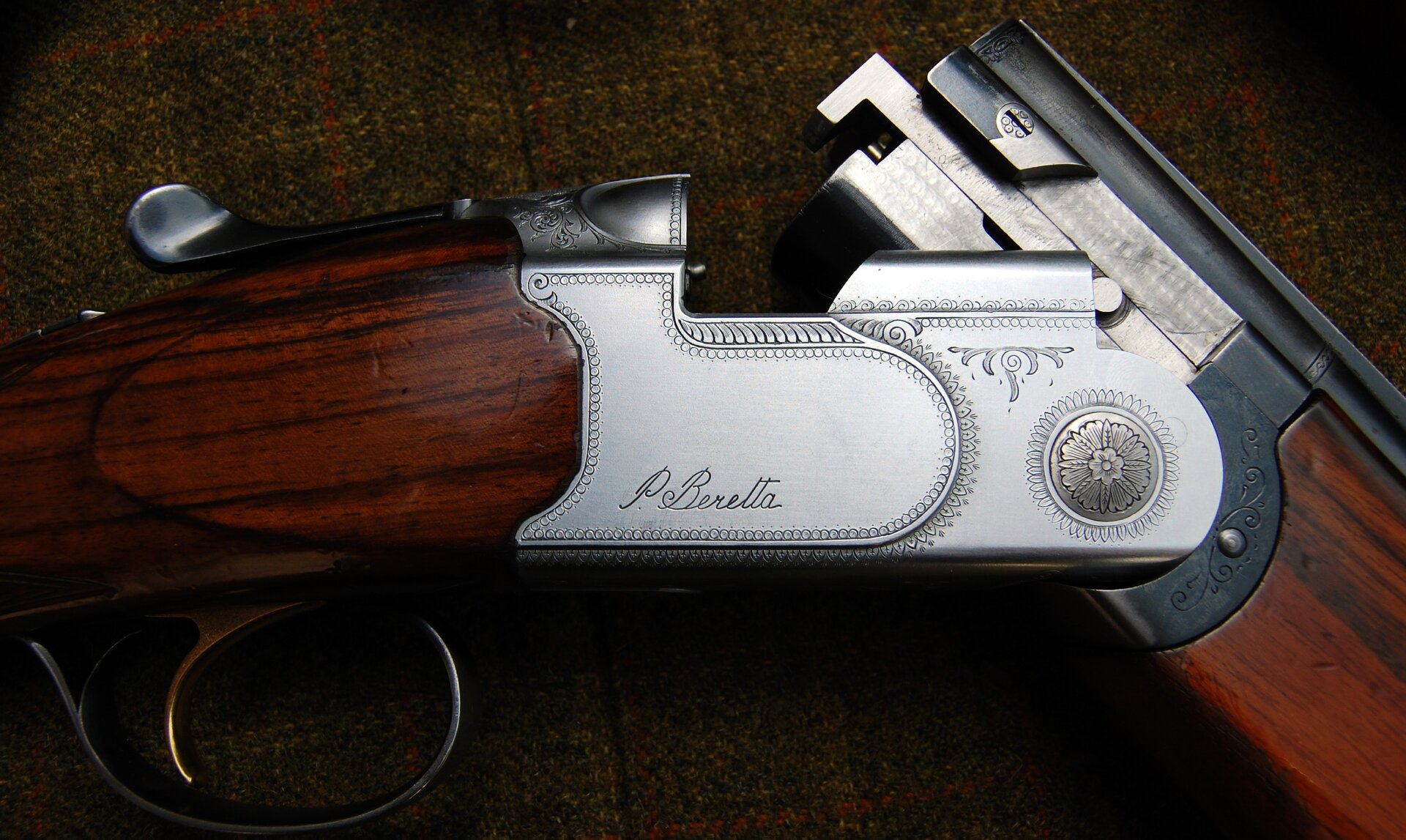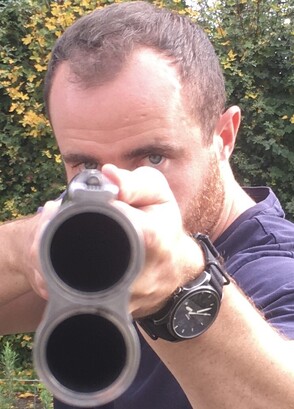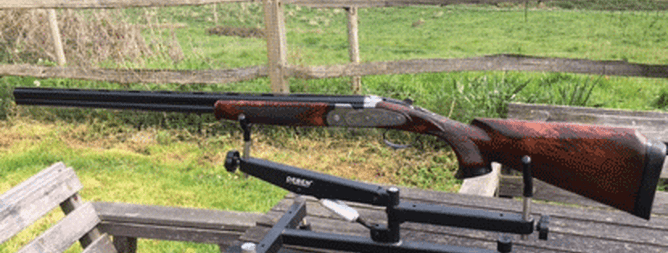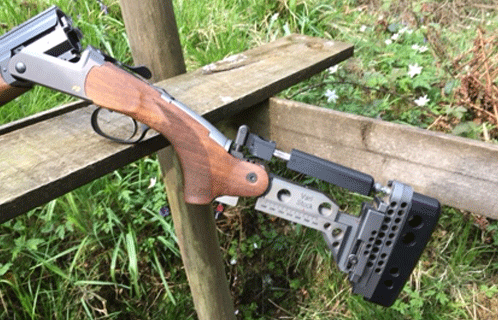A motivation driving anyone who picks up a shotgun with any intention of doing well: to become a good shot. And should that aim be achieved, then, pretty much, we’re OK with that.
For some – a super talented few – there is room to kick on and up still further. What is it about them? What are they able to do that most cannot? What is it exactly that takes them – nudges them, boosts them – from good to great?
Recently I was consulted on a re-stocking project by one of the UK’s top shots. The gun-fitting process engages with this task much like any other — the sequential steps and procedures are established and proven, sufficiently robust in application to be common to all.
Of course there are differences to fitting a gun at this level. In some ways the task is a good deal more straightforward. No need here, for example, to re-construct any aspect of method or shooting technique (God forbid!).
On the other hand there are differences within an advanced gun fitting that makes the whole thing more difficult. And by difficult I do in fact mean very difficult: like a three-dimensional chess-game!
Ultimately the task of gun fitting reduces every improvable factor to quantifiable instruction — the fitting prescription. It is the prescription from the gun-fitter that enables gun-makers to work the nuances and subtleties of their art to best effect.
It might be of interest here to relate some aspects of the challenge encountered when gun-fitting at this level. To examine in detail some observable differences between those that are evidently good shots with those considered great shots.
It's a Feeling Thing
Shooting well at the highest level is often communicated as a straightforward feeling. And when shooting well at the height of ability, then the tap on that ‘feeling’ is turned wide open!
Success fuels success. And there is a justifiable role for ego here — more usefully framed in sport as projected performance positivity (self-confidence).
Gun fitting will aim to identify within the shotgun/shooter inter-action those positive feel-factors that promote shooting confidence. Switching these elements securely to ON.
It's a Contact Thing
Great shots invariably wrap themselves around their guns well. This level of contact is constant, maintained throughout every shot: it does not change. It is precise. Connection to their shooting is deeper because of this.
I often refer to contact-points on the shotgun as control surfaces. Shots at the highest level squeeze everything out of those control points on a shotgun, and by doing so tap into extreme shooting consistency.
Gun fitting here enhances all aspects of contact with the shotgun. For the best shots, control through contact is absolute: a form of dynamic feedback to which their process is wide open.
It's an Unaware Thing
How do they do it? What exactly are they doing? How are they capable of shooting so well? A legitimate part of the fitting process is in attempting to colour in some of the performance landscape with this kind of detail.
Process appears entirely automatic at the top level. It seems that nothing much is experienced at all! There is little conscious awareness of the steps involved. Every aspect of the shot appears unconsciously grooved.
From a fitting perspective, shooting appears effortless. The shotgun’s set-up must reflect this. If the gun creates a ‘something’ – anything – that is ‘effort FULL’ within a shot, it runs the risk of getting in the way of success!
It's an Aware Thing
So, in the complexity of the shot process there is a distinctive non-awareness in elite shooters. Now contrast that with the result of touching the trigger and taking the shot. In that particular moment there is an uncommon focus: a super-intense awareness.
Top shots take (and are able to take) much more feedback from a shot. Commonly their aiming eye stays intently with the bird at the point of firing. Gun placement therefore has to be ultra-peripheral in terms of shooting vision.
This is perhaps why narrow or over-tapered sighting-ribs are rarely (if ever) encountered amongst this highest achieving group. It is undoubtedly the reason, too, why some top game-shots stick with the side-by-side format.
The best seem incredibly adept at ‘fine-tuning’ their shooting. If a shot is anything less than perfect they respond by micro-adjusting subsequent attempts: the next shot smoother, invariably centred; better executed all round.
This implies a level of visual and fine-muscle (memory) response that might just give some insight into shooting exceptional-ism — the physical mechanics of excellence. The set-up of the sighting rib and the fixed position of the aiming eye to the rib are more vital here than most can ever realise.
And there you go — diving deeper than you might otherwise dare into the shooting process of those who make it look easy (or at least effort LESS).
Gun fitting for an elite shooter can be quite the extraordinary task.
“The difference between something good and something great is attention to detail"
— Charles R. Swindoll
Enjoyed this post and want to know more?
Why not contact us at Glenzier Sporting. Mike Smith has run the Whithorn shooting ground for 20 years and offers teaching lessons and gun fitting.








